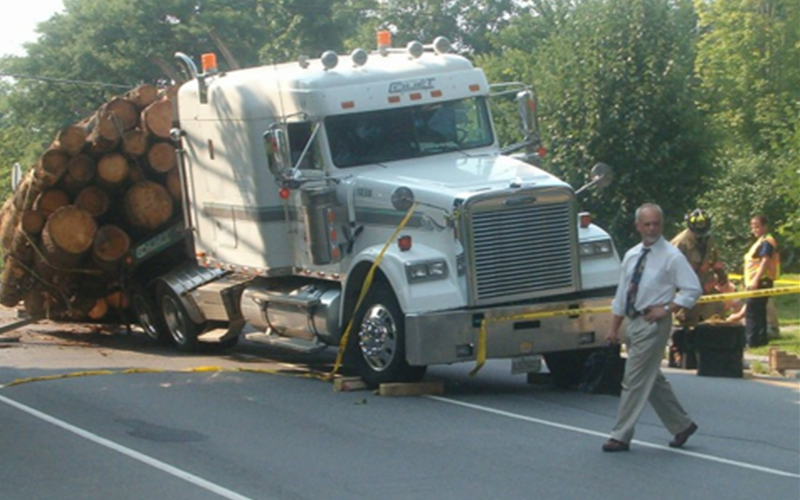
North Carolina State University, University of Maryland
Year: 2015
This research project will:
- Synthesize the current knowledge regarding vehicles, driver and roadway factors associated with large-scale crash occurrence and crash severity. Based on literature, the study will develop/refine hypotheses regarding the effects of explanatory variables on the outcomes of interest.
- Define large-scale truck-involved collisions and use databases to explore their occurrence.
- Develop crash rates for heavy trucks in collaboration with University of Maryland team.
- Conduct descriptive data analysis and estimate regressions to explore the hypothesized relationships, especially how behavioral factors are associated with harm and injury risk.
- Examine the implications of the result for the traveling public, policy-makers, trucking firms, and society, e.g., factors that produce the highest disruptions and costs.
- Deliver a finished product in a final report and prepare a paper for presentation at the Transportation Research Board. A special effort will be made to disseminate these results to trucking firms, via trade journals, the World Wide Web, and trucking associations among others.
The methods and knowledge creation will enhance better response to large-scale truck involved incidents and also help with dissemination of more accurate truck VMT data to users. Several outcomes and deliverables are to be provided:
- The findings will be reported to the UMD National Center in a final report and the findings will be available on the Internet.
- Based on the findings, the team will write a paper for presentation and publication at the Transportation Research Board. Other scholarly journals and conference venues will also be considered, depending on the evolution of the project and the final results.
- The findings will also be disseminated to the relevant federal and state agencies (e.g., Federal Motor Carrier Safety Administration).
- A special effort will be made to disseminate these results to trucking firms, via trade journals (e.g., Commercial Carrier Journal, Transport Topics, and Traffic World), the world wide web, and special organizations (e.g., American Trucking Association, and Independent Owner-Operator Associations).
The key benefit of this research will be the generation of comprehensive information about the extent of large-scale crash events involving trucks, and about high-risk corridors where safety treatments are likely to be most beneficial. Notably, the societal costs of truck-involved crashes are high in terms of property damage, injuries, and loss of life (in billions of dollars annually). By focusing on roadway factors and rigorously analyzing detailed crash data, we expect to have direct impacts and considerable gains in terms of reductions in costs for the traveling public and trucking firms.
Top